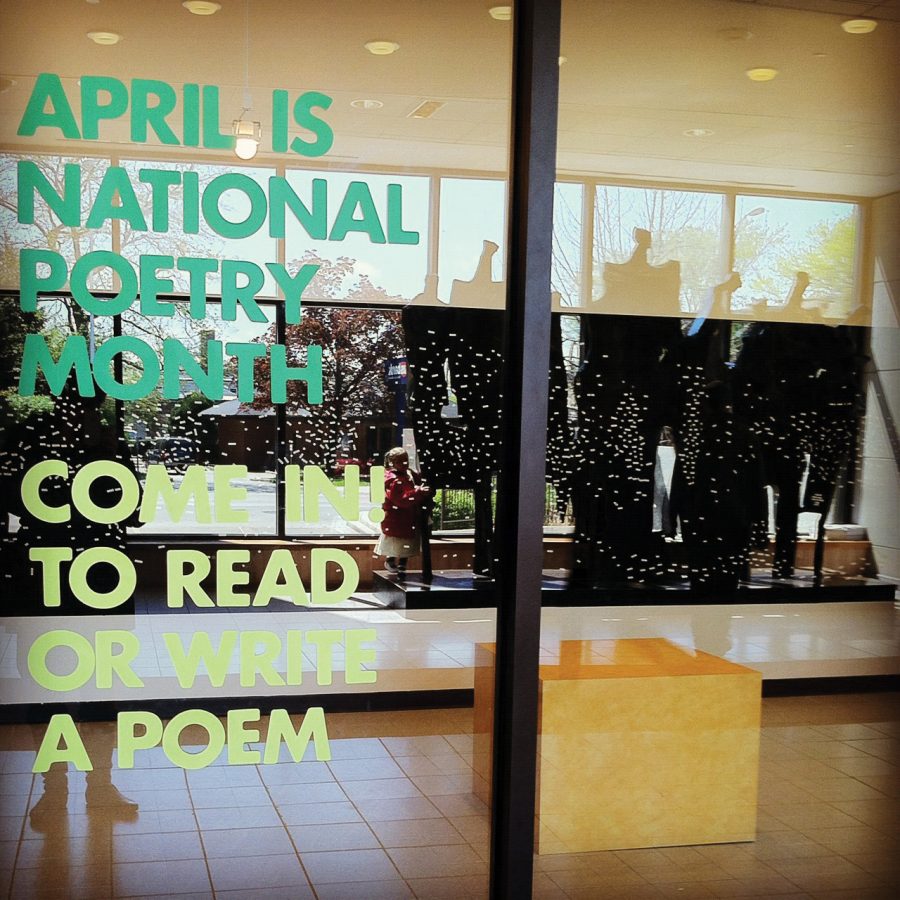Nov. 18 marks the 100th anniversary of the end of one of the bloodiest and most tragic battles of World War I: The Battle of the Somme.
One the first day of the battle, July 1, 1916, nearly 60,000 British soldiers were killed or wounded. At the end of the four-month battle, both the Central and Allied sides had suffered over 500,000 casualties, a combined total of over 1 million troops killed or wounded during the fighting.
Many people see the Battle of the Somme as a prime example of the horrors of war and the futility of trench warfare, the primary way of fighting in the Western Front for much of the First World War.
“(The battle) was a British attempt to relieve the French along the lines … the notion of the battle was to put pressure on the Germans and break through or at least relieve the pressure that the French were under but always the idea was a breakthrough,” said Phil Slaby, associate professor and chair of the history department.
The battle did not result in a major breakthrough and has been viewed by many as a failure of the British military and waste of human lives. The numerous casualties of the British and French armies resulted in the Germans being pushed back only 6 miles to the east along the front.
The extreme casualties of the British on the first day of the battle were caused in part by overconfidence of the British high command in their battle plan.
“The heavy guns would loosen things up, and then the men would sort of just pour out … the problem was that the German line was much stronger than they anticipated,” said Slaby.
It was this overconfidence that cost the British more lives in the days to come.
“Many British infantry units were ordered to advance at walking pace, nobody expected there would be much left of the Germans and their defenses,” said a 2006 BBC documentary called “The Somme: From Defeat to Victory.”
As the British and French soldiers advanced across no man’s land, they were killed in the thousands by the machine guns and artillery of the German defenders.
The horrific losses experienced during the battle would go on to serve as morbid inspiration for poets such as Rudyard Kipling and John McRae, the authors of “My Boy Jack” and “In Flanders Fields” respectively. These war poems had a profound impact on the way people saw war and are still featured prominently in remembrance services today.
Now, 100 years later, the United Kingdom has held several commemorative events to remember soldiers who lost their lives during the battle. On July 1, several British royals, actors and heads of state attended a ceremony at the Thiepval Memorial in France.
“We lost the flower of a generation, and in the years to come it sometimes seemed that with them a sense of vital optimism had disappeared forever from British life,” said Prince William during the vigil. “It was in many ways the saddest day in the long story of our nation.”
Around this time, men in World War I era military uniforms were seen throughout subways and streets in the United Kingdom, handing out cards with details of the casualties of the battle. It was later revealed that these men were part of a project called “Ghost Soldiers” commissioned by 14-18 NOW, the U.K.’s arts program for the centenary of the First World War.
To commemorate the end of the battle, the British Legion is holding an outdoor drum ceremony at the Thiepval Memorial at 11:30 a.m. on Nov. 18.









